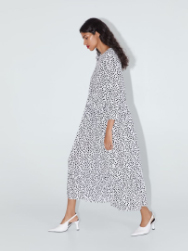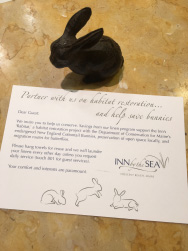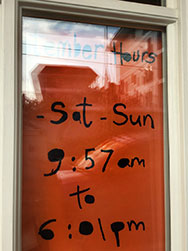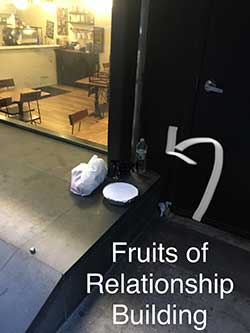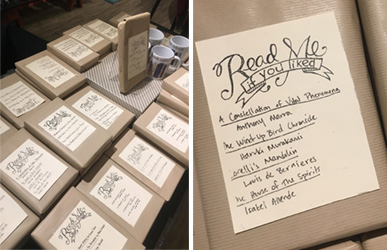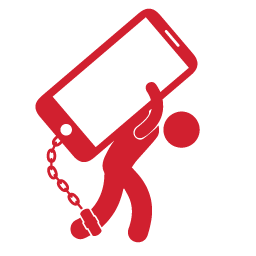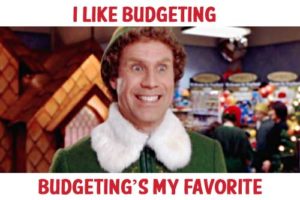 It’s budget season, y’all. This means many of you are armed – or are scrambling to get armed – with that pristine, oh-so-buttoned-up spreadsheet that will guide your marketing spend choices for 2020. And while it may be pretty and precise enough for your mom to put on her refrigerator, there’s only one thing that should matter to you: is it sound and will it work?
It’s budget season, y’all. This means many of you are armed – or are scrambling to get armed – with that pristine, oh-so-buttoned-up spreadsheet that will guide your marketing spend choices for 2020. And while it may be pretty and precise enough for your mom to put on her refrigerator, there’s only one thing that should matter to you: is it sound and will it work?
Here’s how you can ensure that it is and it does: be aware of the silent – but often deadly – influences that shaped the foundation for your choices. Here are seven vital budgeting terms that will help you evaluate your budget’s potential for success with a realistic eye:
The Plus Ones. Marketing plans and budgets have history, and the longer the business has been operating, the more opportunity for a budget to be sabotaged by plus ones. These are things invited to be on the budget by someone else – perhaps someone who was in your shoes years ago, or perhaps YOU years ago, when you had different priorities or goals. They are not relevant to the current marketing party you’re planning, but it’s the path of least resistance to keep them…and maybe even bend your plan a bit to accommodate them, even if that’s not really the best move for your goals? Tip: identify your plus ones and if they aren’t a good fit, show ‘em the door.
Shiny New Toy Syndrome. Oh, if I had a nickel for every time I watched a tactic, initiative, or direction get added to a plan/budget because someone in charge (of marketing or of the company) read an article or attended a workshop at a conference on a hot new “thing” emerging in marketing. “THIS IS THE COOLEST THING EVER AND WILL SOLVE ALL OUR PROBLEMS!” Er, no. It won’t. Because Shiny New Toy Syndrome is cousin to Get Rich Quick Syndrome and Lose Weight Fast Syndrome, and we all know how THOSE work out. There is a place for adding shiny new toys to your efforts, but unless you integrate them properly into your overall plan and – in many cases – adapt your entire culture to make them a success, they’ll just throw your money and time out the window. Shiny new toys just don’t work when you dabble.
The Invisible Sledgehammer. There’s no line item called “time” on your spreadsheet, but it’s an invisible force best not overlooked. Lack of time to do things properly has destroyed the effectiveness of many immaculate budgets. For each line item on your budget, do you have enough staff/time/bandwidth to perform research, decision-making, planning, setup, execution, follow-through, evaluation, and evolution? Because if not, you should reduce the number of tactics you’re planning, and redirect those funds into the remaining ones. You’ll see a greater ROI both short- and long-term with this choice.
Half-Pregnant. A spreadsheet of tactics and costs is only half the picture, and yet I can’t tell you how often I ask new clients – sometimes multimillion-dollar businesses – for their marketing plan and get handed a spreadsheet, full stop. Folks, this is “half-pregnant” … it ain’t gonna give you that ROI baby you so deeply desire. You need marketing goals (aligned with your business goals), and a thoughtful strategy to achieve them, carefully selected for the purpose, and integrated to produce results. A spreadsheet just details how you’re going to pay for it all.
Approval Purgatory. This one’s not easy to combat because its origins vary dramatically by business (too many cooks, indecisive owner, cumbersome process, etc.), but there’s a good chance that several tactics within your plan/budget won’t move forward because no final decision will be made…and you probably know this in your heart from the get-go. Approval purgatory is the bane of a plan/budget’s existence because 1) you waste an absurd amount of time talking about things with no resolution, 2) stuff sits on your budget/plan falsely creating an expectation of results, and 3) these items weigh you down by injecting negativity into the mix AND distracting you from focusing on the good stuff. Tip: scratch items likely doomed to approval purgatory off your list. When they’re ready for baking, I guarantee they’ll resurface on their own.
JOMO. You’ve heard of FOMO? How about you embrace JOMO, the Joy of Missing Out? You can’t do it all… truly, you can’t. Your budget probably isn’t unlimited.* So if you try to cram too many things into your plan/budget, you’ll end up scattering all your resources for little ROI. Tip: deliberately choose to NOT do certain things, until you can devote the labor and financial bandwidth to do them properly. You will not go out of business by doing fewer things well, and you will be pretty giddy at the success that comes from deeply harnessing the power of the tactics you choose to deploy. Choose wisely, for sure, but I hereby bless you to strike a bunch of stuff from your plan AND FEEL GREAT ABOUT IT.
Initiative Envy (healthy & unhealthy). It’s healthy – and smart – to look at what your competitors and colleagues are doing in marketing, and to evaluate if such things could benefit your business as well. It’s not that you identically copy their effort, but rather, you see how well an initiative is performing for them and you explore the use of that tool for your own purposes. What’s UNHEALTHY – and yet happens sooooo often – is adding an initiative or tactic to your mix (summarily and without strategic thought) just because a competitor is doing it…and you don’t want them to have an edge on you. If your competitor is getting tons of press (for example), that’s not your must-do cue to go out and hire a PR firm. Your business culture and operation may not be currently well-suited to handle a PR effort, and therefore, without adaptation, you’ll be disappointed in the results. So, be thoughtful: get ideas from what others are doing, but don’t automatically assume those things will work well for you too.
Lastly… a bonus tip, pulled from our way-back blog archives, but still as true as ever today. The scrumptious dumplings at Buddakan taught us that you can’t find love on a spreadsheet. And love – the hospitable magic that endears us to guests – is essential in travel and hospitality marketing. Make sure your plan/budget isn’t so tight that there’s no room to give love to guests.
* PS – if your budget IS unlimited, here’s my email: miranda@redpointspeaks.com. Have I got a marketing agency for you. 😉
 get travel marketing tips
get travel marketing tips 
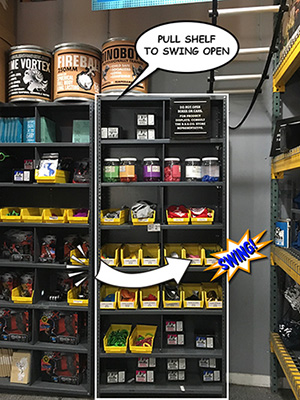 One section of the fully-stocked shelves actually swings out (if you know the trick) as a secret door. What’s behind the secret door? A classroom, where kids can experience workshops to foster their creative writing and imaginative thinking skills. There are evening and weekend sessions for kids aged 6 – 18, and they also offer after-school programs, host school field trips, and more.
One section of the fully-stocked shelves actually swings out (if you know the trick) as a secret door. What’s behind the secret door? A classroom, where kids can experience workshops to foster their creative writing and imaginative thinking skills. There are evening and weekend sessions for kids aged 6 – 18, and they also offer after-school programs, host school field trips, and more. Onsite Marketing:
Onsite Marketing: